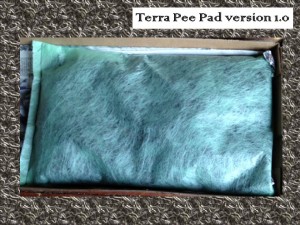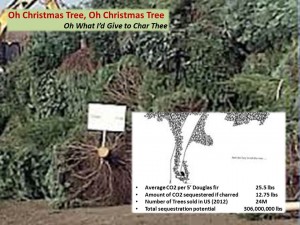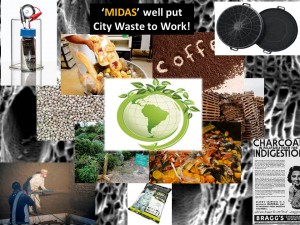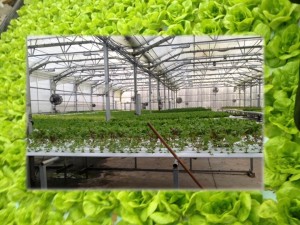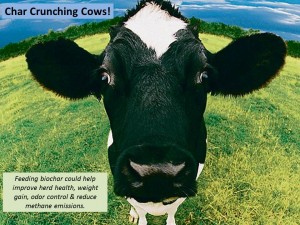For no apparent reason, I seem to have a perverse fascination with sink holes. I’ve never seen one up close nor do I live in an area of the world where they are common. But it seems to me that both the frequency and the parts of the world where they are occurring are on the increase.
Every time I see a new story on the latest sink hole, I spend a few minutes flirting with Master Google to learn more about them. Regions with cavities in the earth’s surface are usually where sinkholes are most likely to occur, be they from Mother Nature (e.g. caves or aquifers) or from mankind (e.g. abandoned mines or sewage lines). Changes to these cavities resulting from downpours, droughts and fracking are often the cause and there seems to be a lot more of all three of those these days!
What to do with a giant hole in the ground? In ancient times sinkholes were often used as a sort of landfill which could lead to polluting of groundwater. Nowadays there are different solutions to sinkholes from converting them into lakes, to filling them with cement or grout. In extreme cases, communities have been forced to flee the area or risk being swallowed up!
How to go from sinkhole to carbon sink – to turn the abyss into something better if not quite bliss? With biochar of course! I’m really treading on shaky ground here from a science perspective, but it seems to me that instead of drilling & filling with grout or concrete, a better solution might be filling up the nooks & crannies with biochar. Not only would this probably allow water to filter down to recharge aquifers more quickly, it would likely help filter toxins and thus keep them out of the groundwater or in the case of the ever expanding Louisiana sinkhole, it might help mitigate some of the H2S or methane that seems to be percolating up from the ground. And the silver lining? LOTS of carbon sequestered!
Just how much CO2 could be sequestered in this manner is a little hard to calculate. But considering just this one hole in Guatemala was 100’ deep and gobbled up 6,500 square feet of concrete in an attempt to put a band-aide on the gash, there seems to be a plenty of room to bury this highly stable form of carbon in the ever growing number of sinkholes.
It might be interesting to explore this idea with old oil wells too. Texas sure needs some help recharging their aquifers these days and they have a heck of a lot of old oil wells dotting their landscape.
Such are my latest musings from the latest rabbit hole I stumbled down…



